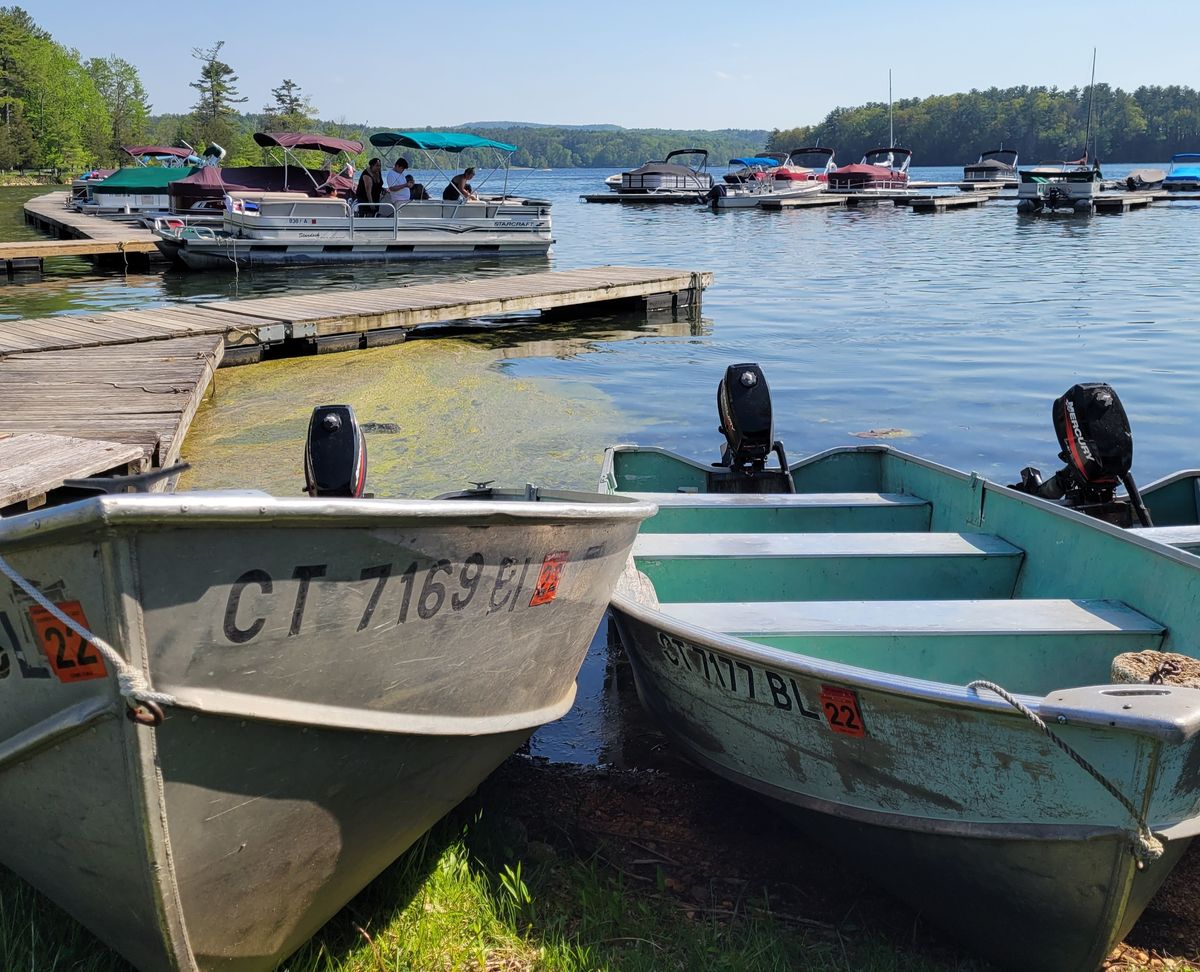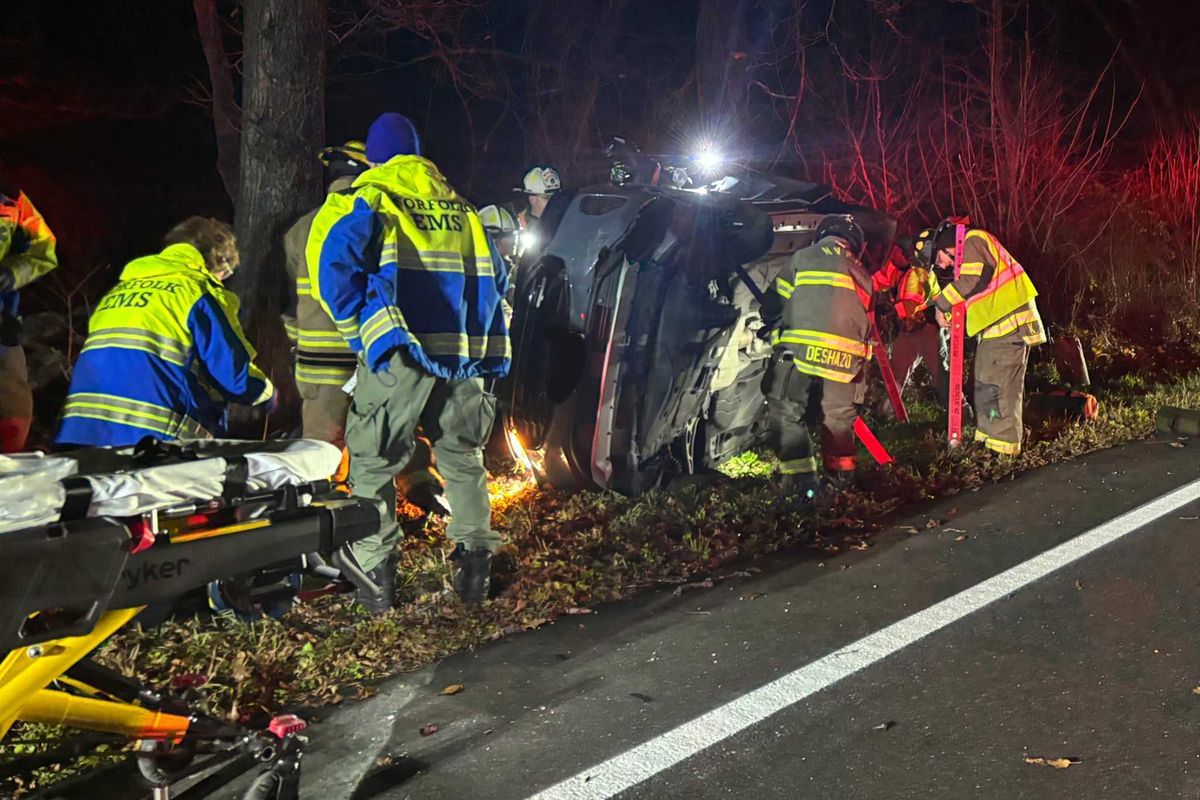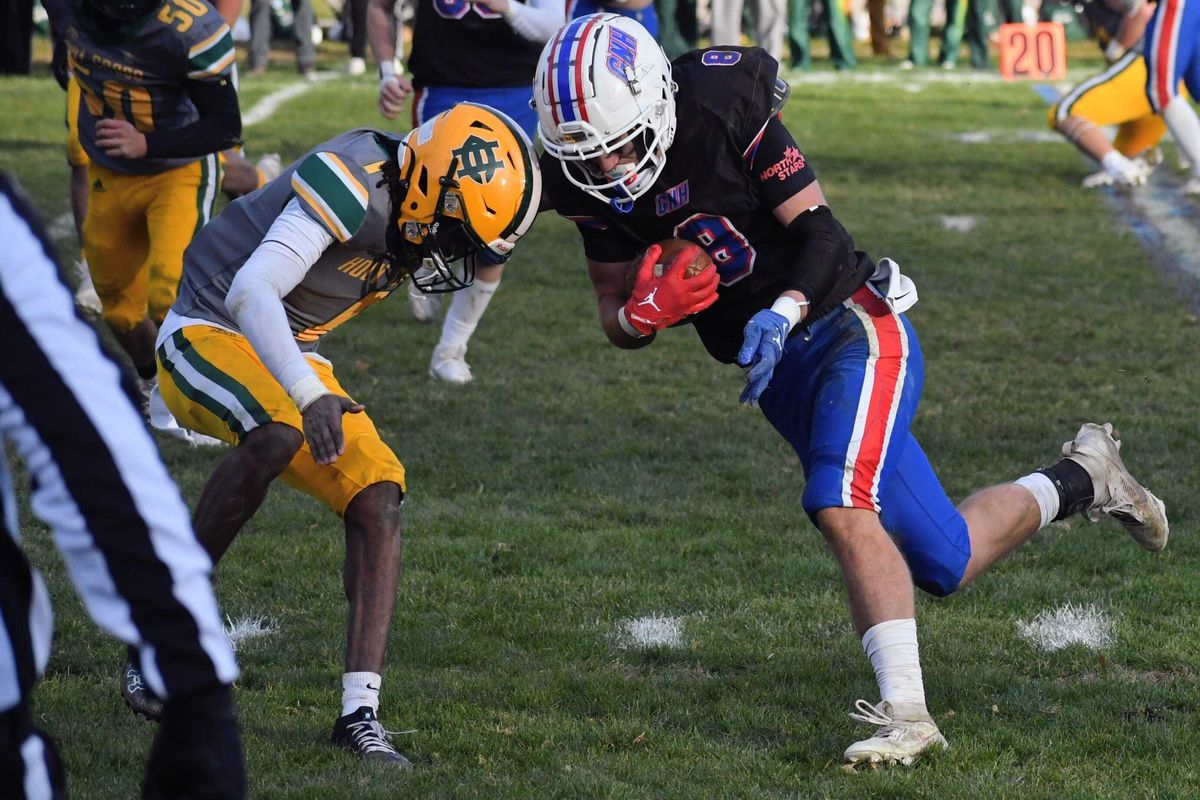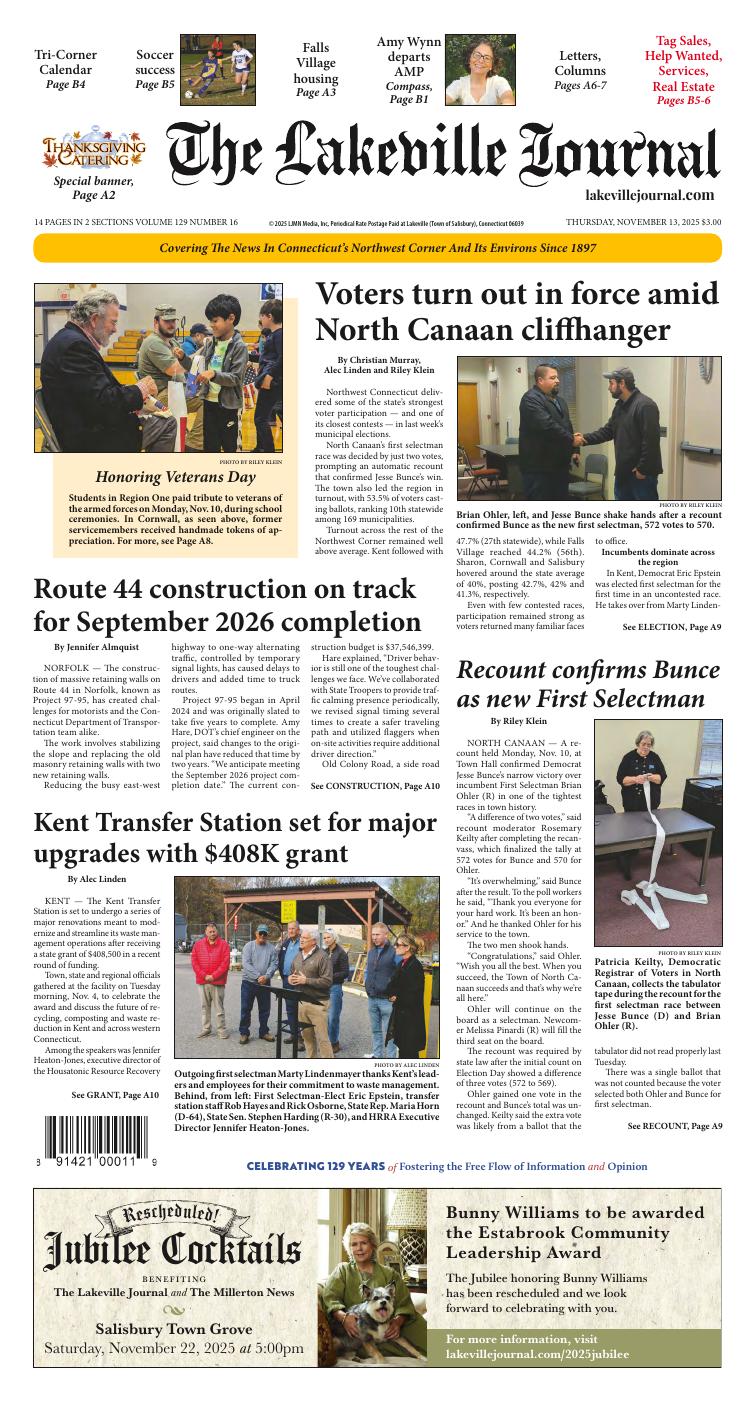Hydrilla Menace: State adjusts boating fees to combat invasive weeds

The Connecticut Department of Energy and Environmental Protection reminds boaters that the Aquatic Invasive Species Stamp is no longer included in their vessel registration and must be purchased separately.
Debra A. Aleksinas


 Devonne Drake caught two touchdown passes for Holy Cross against GNH.Photo by Riley Klein
Devonne Drake caught two touchdown passes for Holy Cross against GNH.Photo by Riley Klein Tyler Roberts cuts on a drive from GNH.Photo by Riley Klein
Tyler Roberts cuts on a drive from GNH.Photo by Riley Klein QB Trevor Campbell launches a pass downfield.Photo by Riley Klein
QB Trevor Campbell launches a pass downfield.Photo by Riley Klein


 The Class S semifinal game was played at Newtown High School Wednesday, Nov. 12.Photo by Riley Klein
The Class S semifinal game was played at Newtown High School Wednesday, Nov. 12.Photo by Riley Klein








